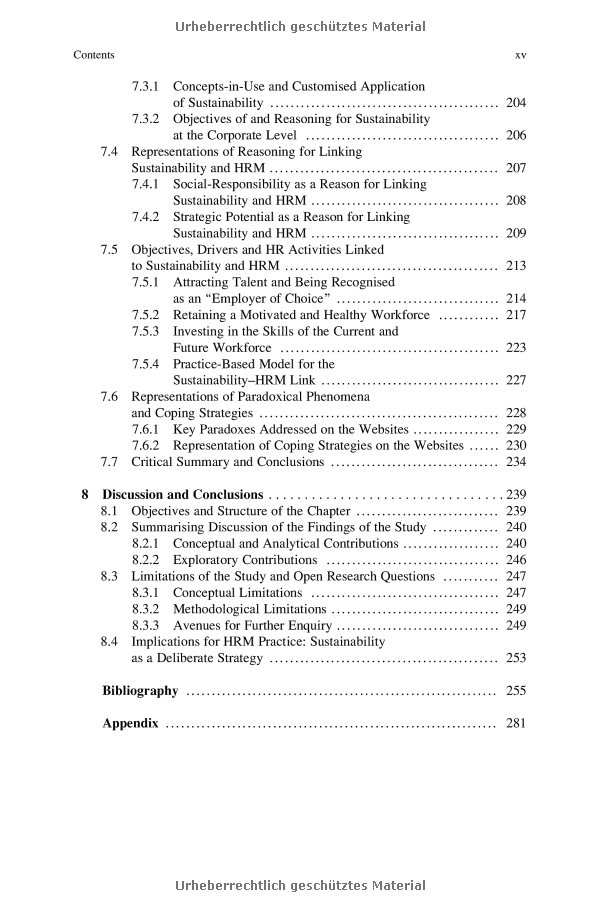Exploring the Dynamics of Attraction and Repulsion in Human Relationships
Guide or Summary:AttractionRepulsionThe Balance Between Attraction and RepulsionAttractionAttraction is a fundamental force that draws individuals together……
Guide or Summary:
Attraction
Attraction is a fundamental force that draws individuals together, manifesting in various forms such as physical allure, emotional connection, and intellectual compatibility. In the realm of human relationships, attraction serves as the initial spark that ignites interest and fosters deeper connections. It can be influenced by numerous factors, including physical appearance, personality traits, shared interests, and even cultural background. The science of attraction delves into the psychological and biological aspects that underpin this phenomenon, revealing how pheromones, body language, and social cues play a crucial role in the attraction process.
For instance, research indicates that people often gravitate towards those who exhibit similar traits or values, a concept known as the "similarity-attraction effect." This suggests that the more we identify with someone, the more likely we are to feel attracted to them. Additionally, the environment in which individuals meet can significantly impact attraction; settings that promote intimacy and connection, such as social gatherings or serene natural landscapes, often enhance feelings of attraction.

Repulsion
On the other hand, repulsion serves as a counterforce to attraction, pushing individuals apart and creating barriers to connection. Repulsion can arise from various sources, including incompatible values, negative personality traits, or even past experiences that evoke discomfort. In relationships, feelings of repulsion can be triggered by behaviors that are perceived as unattractive or threatening, such as dishonesty, arrogance, or lack of empathy.
Moreover, the concept of repulsion is not limited to personal interactions; it can also manifest in broader social contexts. For example, societal norms and cultural differences can create a sense of repulsion towards individuals or groups that are perceived as "other." This can lead to prejudice and discrimination, highlighting the importance of understanding the dynamics of attraction and repulsion in fostering inclusive and harmonious relationships.

The Balance Between Attraction and Repulsion
The interplay between attraction and repulsion is a delicate balance that shapes the nature of human relationships. While attraction can lead to the formation of bonds, repulsion can serve as a protective mechanism, helping individuals avoid potentially harmful or toxic connections. Understanding this dynamic is essential for navigating the complexities of relationships, whether they are romantic, platonic, or professional.
In romantic relationships, for instance, initial attraction may give way to feelings of repulsion if partners discover fundamental incompatibilities or unresolved issues. This highlights the importance of open communication and mutual respect in maintaining a healthy balance between attraction and repulsion. Couples who actively work to address their differences and foster understanding are more likely to cultivate lasting connections.

In conclusion, the concepts of attraction and repulsion are integral to understanding human relationships. They shape our interactions, influence our choices, and ultimately determine the quality of our connections with others. By recognizing the factors that contribute to attraction and the potential sources of repulsion, individuals can navigate their relationships more effectively, fostering deeper connections while also setting healthy boundaries. Embracing the complexities of attraction and repulsion allows for more meaningful and fulfilling interactions, enriching our social experiences and enhancing our emotional well-being.